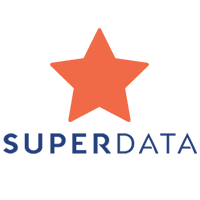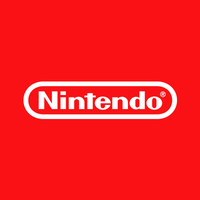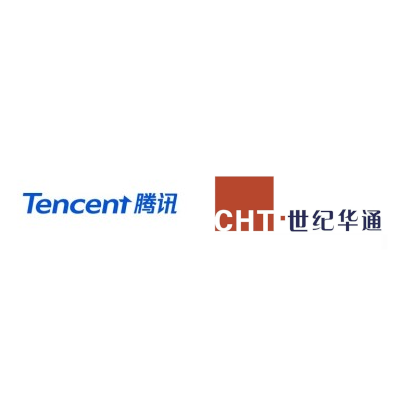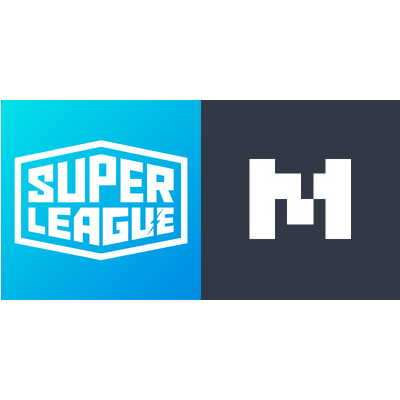XR to Generate USD$6.3bn in 2020; Raven Raises USD$1.4m
by Mathew Broughton on 28th Apr 2020 in News

TheGamingEconomy’s Daily Digest brings you the prevalent business stories in gaming. In today’s news: XR to generate USD$6.3bn (£5.1bn) in 2020; Raven raises USD$1.4m (£1.1m); and demand for Chinese localisation falls.
XR to generate USD$6.3bn (£5.1bn) in 2020
The global extended reality (XR) hardware and software market is expected to generate revenue of USD$6.3bn (£5.1bn) in 2020, according to projections released by SuperData. This figure is a downward revision from the USD$7.7bn (£6.2bn) estimate published in January this year by the Nielsen-owned analytics firm, with the coronavirus pandemic cited as the primary factor for the decline. Though demand is not predicted to have been adversely affected, the Covid-19 outbreak has severely affected the manufacturing processes for VR headsets, for instance Valve Index sales plummeted from 103,000 units in Q4 2019 to 33,000 in Q1 2020 as a result of stock shortages.
Perhaps unsurprisingly, location-based entertainment (LBE) VR venues have been most severely affected by the pandemic, with sales generated by this sector now predicted to fall by 72% in 2020 to USD$141m (£114m), with recovery expected to be slow. While venture capital investment in XR is expected to fall by 10% in 2020 to USD$923m (£743m), an increase in demand for enterprise products is expected to boost investment in XR R&D to USD$15.9bn (£12.8bn) by 2023, an upwards revision of 4%. Total XR revenue in 2023 is expected to be in the region of USD$12.2bn (£9.82bn), down from SuperData's earlier estimate of USD$14.9bn (£12.0bn).
Raven raises USD$1.4m (£1.1m)

Esports apparel retailer Raven has announced that it has raised USD$1.4m (£1.1m) in seed funding from an as-yet undisclosed US private equity fund. The Bristol, UK-based firm has stated that the funding will be used to expand its product offering through design, manufacturing, and marketing, while also undergoing a recruitment drive to add to its team in both EMEA and North America. Raven currently produces a range of garments for a variety of esports organisations including Rogue, Tribe Gaming, Nova Esports, and Dark Zero Esports, while also offering a custom design service for individual customers.
In a statement announcing the funding, Raven CEO Sam Wells commented, "We have an ambitious strategy for the future of Raven and the capital raised provides us with the platform to execute our vision through the continued development of performance-based products that cater to the needs of professional gamers, communities and grassroots-based programmes. We are tremendously proud to have grown within the esports ecosystem and with a board that has numerous years of experience in the industry we are in a great position to fulfil our goals."
Demand for Chinese localisation falls

Video game translation services provider LocalizeDirect has released analysis on localisation requests for 2019, with German the most popular language for translations. Despite German being the most popular language requested by developers for translation services, the market share for FIGS (French, Italian, German, and Spanish) languages fell to 37% from 40-45%, likely as a result of economic slowdown in Italy and Spain.
Simplified Chinese accounted for 6% of the overall word count for localisation services, down from the 9% recorded in 2018, with relatively low approvals for game licences by the Chinese State Administration of Press and Publication (SAPP) cited as the main reason for the decline. However, the aggregated data suggests developers are still looking towards Southeast Asia as a highly promising area of growth, with Thai and Vietnamese seeing the largest increases in translation requests.







Follow TheGamingEconomy